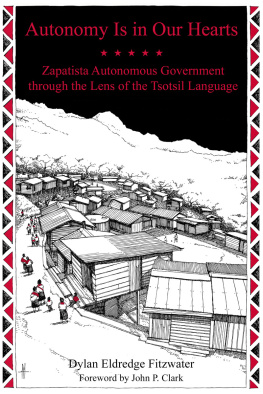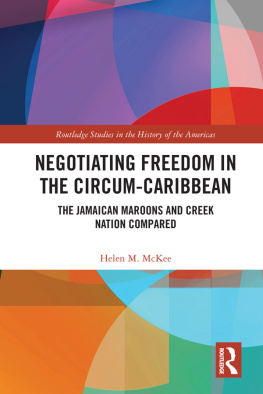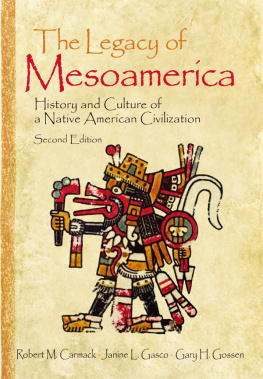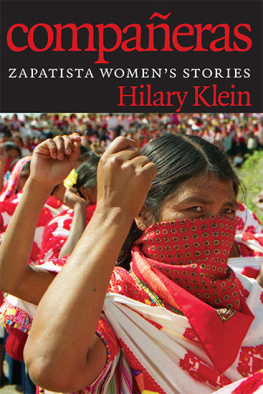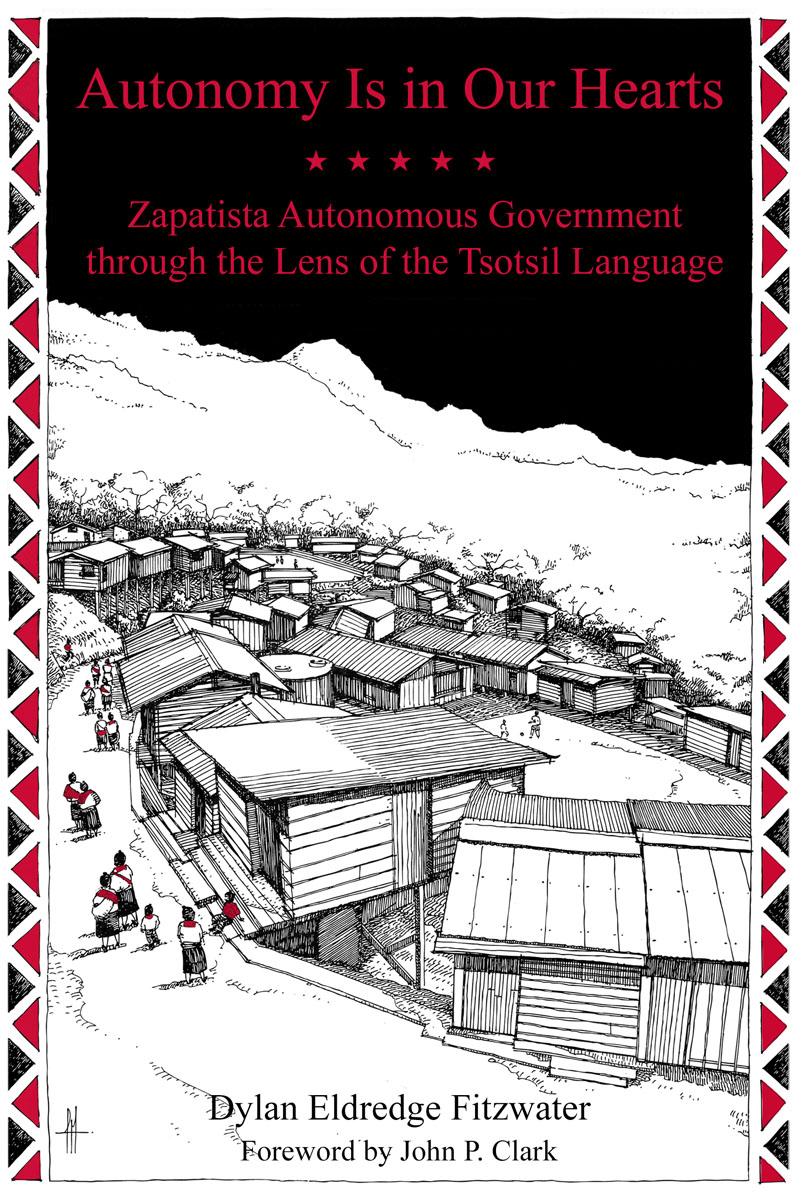


In ancient Greek philosophy, kairos signifies the right time or the moment of transition. We believe that we live in such a transitional period. The most important task of social science in time of transformation is to transform itself into a force of liberation. Kairos, an editorial imprint of the Anthropology and Social Change department housed in the California Institute of Integral Studies, publishes groundbreaking works in critical social sciences, including anthropology, sociology, geography, theory of education, political ecology, political theory, and history.
Series editor: Andrej Grubai
Kairos books:
Practical Utopia: Strategies for a Desirable Society by Michael Albert
In, Against, and Beyond Capitalism: The San Francisco Lectures by John Holloway
Anthropocene or Capitalocene? Nature, History, and the Crisis of Capitalism edited by Jason W. Moore
Birth Work as Care Work: Stories from Activist Birth Communities by Alana Apfel
We Are the Crisis of Capital: A John Holloway Reader by John Holloway
Archive That, Comrade! Left Legacies and the Counter Culture of Remembrance by Phil Cohen
Beyond Crisis: After the Collapse of Institutional Hope in Greece, What? edited by John Holloway, Katerina Nasioka, and Panagiotis Doulos
Re-enchanting the World: Feminism and the Politics of the Commons by Silvia Federici
Occult Features of Anarchism: With Attention to the Conspiracy of Kings and the Conspiracy of the Peoples by Erica Lagalisse
Autonomy Is in Our Hearts: Zapatista Autonomous Government through the Lens of the Tsotsil Language by Dylan Eldredge Fitzwater
The Battle for the Mountain of the Kurds: Self-Determination and Ethnic Cleansing in the Afrin Region of Rojava by Thomas Schmidinger
Autonomy Is in Our Hearts: Zapatista Autonomous Government through the Lens of the Tsotsil Language
Dylan Eldredge Fitzwater
2019 PM Press.
All rights reserved. No part of this book may be transmitted by any means without permission in writing from the publisher.
ISBN: 9781629635804
Library of Congress Control Number: 2018931534
Cover by John Yates / www.stealworks.com
Cover art Autonoma es Vida / Sumisin es Muerte, screenprint, 2013, by Fernando Marti www.justseeds.org/artist/fernandomarti/
Interior design by briandesign
10 9 8 7 6 5 4 3 2 1
PM Press
PO Box 23912
Oakland, CA 94623
www.pmpress.org
Printed in the USA by the Employee Owners of Thomson-Shore in Dexter, Michigan.
www.thomsonshore.com
La autonoma est en nuestros corazones.
Autonomy is in our hearts.
Elena, member of the autonomous consejo, autonomous municipality
Ricardo Flores Magn, Caracol III La Garrucha1
Contents
Acknowledgments
I would like to thank my teachers: the education promoters of the Oventik Escuela de Lenguas, the amazing people from Batsil Kop, and of course Margaret, Lisa, and Roosbelinda for being the best editors I could ever hope for. Thank you to Kaden for all the linguistics help, to Maya for the edits and comments, to Gustavo for translating my work and for answering my translation questions, to Alix for the diagrams, and to Quincy for breathing new life into the whole project.
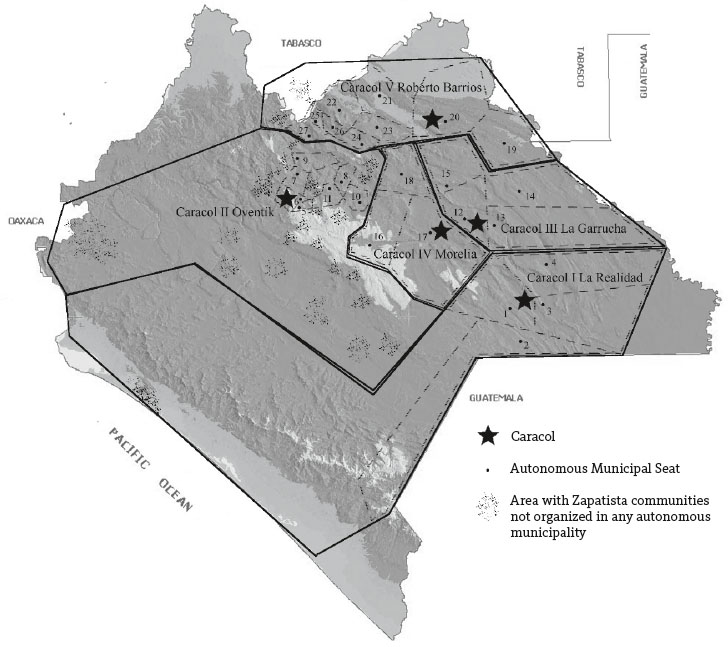
Caracol I La Realidad
1. San Pedro de Michoacn
2. Tierra y Libertad
3. Libertad de los Pueblos Mayas
4. General Emiliano Zapata
Caracol II Oventik
5. San Andrs Sakamchen de los Pobres
6. Magdalena de la Paz
7. San Juan de la Libertad
8. Santa Catarina
9. 16 de Febrero
10. San Juan Apstol Cancuc
11. San Pedro Polh
Caracol III La Garrucha
12. Francisco Gmez
13. San Manuel
14. Ricardo Flores Magn
15. Francisco Villa
Caracol IV Morelia
16. Lucio Cabaas
17. 17 de Noviembre
18. Comandanta Ramona
Caracol V Roberto Barrios
19. Vicente Guerrero
20. El Trabajo
21. Francisco Villa
22. Campesino
23. La Paz
24, Benito Jurez
25. La Dignidad
26. Acalbaa
27. Rubn Jaramillo
A note on the map: it should become apparent when reading this book that it is close to impossible to draw a map of Zapatista autonomous government. The autonomous government system is not a state with set administrative boundaries, passports, and postal codes. A map of Zapatista autonomous governance is really a map of collective decisions, shared work, and the complex shifting relationships between life and land. This web of relationships cannot be captured within sharp territorial boundaries. However, it is also true that the communities that are located in the highland region of Chiapas send authorities to serve on the Good Government Council of Caracol II Oventik and are in turn attended to by those authorities. Even though there are no borders or border crossings, each Caracol and municipality covers a certain geographical area. To put it succinctly, the lines on this map represent the collective agreements of communities that, as the Zapatistas would say, have organized themselves in a certain geography. Although for convenience I represent them as straight lines on a map, their reality is fuzzy, shifting, and changeable.
FOREWORD
by John P. Clark
A Politics of Heart and Spirit
For many years, I have been conducting an experiment to investigate the dominant ideology. I have asked people if there was any famous statement by Marx that they could quote from memory. I have found that there has been one almost universal response, namely, that Marx said that religion is the opiate of the masses. What is so striking about this reply is that it cites only part of Marxs famous saying and, rather suspiciously, leaves out what is quite possibly the most important part. The missing part states that religion is the sigh of the oppressed creature, the heart of a heartless world, and the spirit of spiritless conditions.1 Marx implies that religion has been and remains a powerful force in society, because it is a source of heart and spirit.2
If we think deeply about the implications of Marxs statement, we may learn something very important. It is something that has not been grasped very well by radical and revolutionary movements (including, and perhaps even especially, by those movements called Marxist). If one wants to replace traditional religion with something else, the result will be a disaster if that something else does not contain at least as much heart and spirit as what is being replaced. The history of the Zapatista movement, as revealed in Dylan Fitzwaters eloquent and illuminating account, is the history of learning precisely that truth.
One of the most important lessons of the history of the Zapatista movement is the need to give up presuppositions of the dominant hierarchal, dualistic society and to learn from the wisdom of indigenous people. The EZLN, or Zapatista Army of National Liberation, grew out of the FLN, or Forces of National Liberation, which was a traditional Marxist vanguardist organization that focused on the seizure of state power and the reorganization of the economy under centralized control. The FLN militants inherited this patriarchal authoritarian model, which professes egalitarianism in theory but operates in practice as an ideological justification of the power of an elite that rules in the supposed interest of the masses. A small group of FLN militants were sent to Chiapas to organize the peasants according to the tenets of this ideology.
Next page
